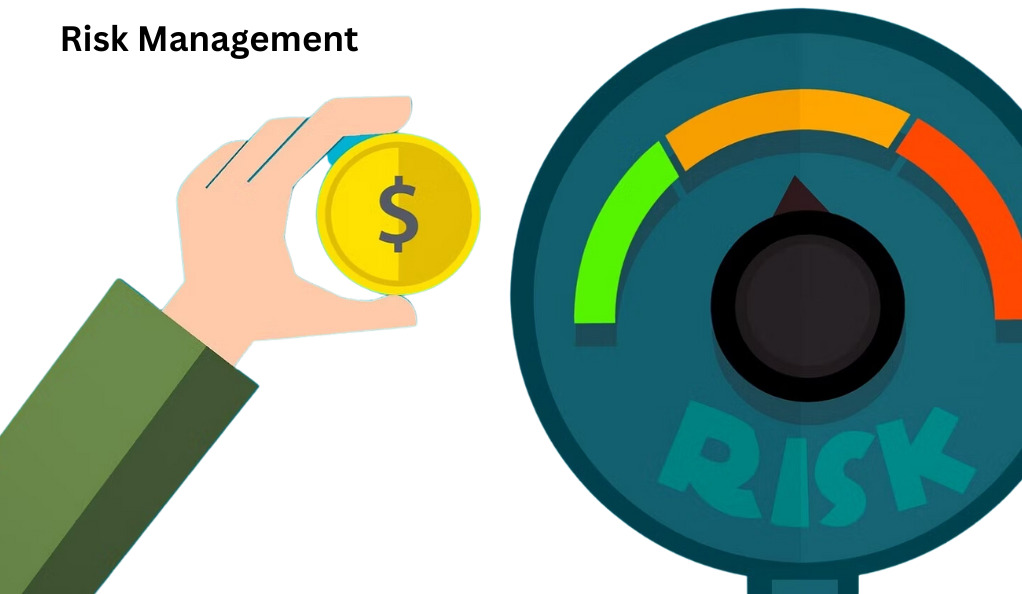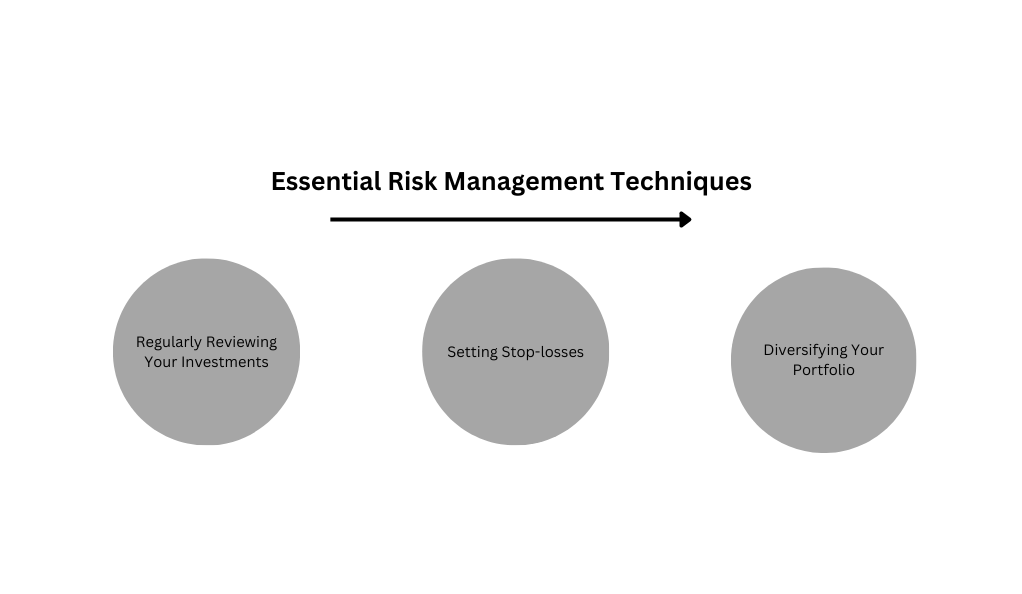Ever dive into the world of cryptocurrency? If you have, then you’ve undoubtedly come across Ripple. But what’s the buzz about its return? The financial landscape is evolving, and as we delve deeper into the digital era, cryptocurrencies like Ripple are at the forefront of this evolution. Their ability to facilitate international transactions and offer an alternative investment avenue has garnered them significant attention.
What is Ripple?
Ripple, often referred to by its cryptocurrency token name, XRP, isn’t just another digital coin. It’s a digital payment protocol more than it is a currency. The system allows smooth transfers of money in any form, whether it’s USD, Yen, or even Bitcoin. It acts like a middleman in direct transfers, ensuring a smooth transaction. Imagine a swift and fluid river stream, and that’s how Ripple facilitates transactions. Additionally, its real-time settlement capability has gained traction among financial institutions, making it stand out from other cryptocurrencies.
The Return of Ripple
Recent times have seen a resurgence in Ripple’s popularity and value. Why? Some say it’s due to increasing adoption among banks, while others believe it’s due to its unique utility in facilitating cross-border transactions. Remember when bell-bottom pants made a comeback? Ripple’s return is like that, but with far more financial implications. Moreover, with the rise in blockchain adoption and the necessity for quicker transaction speeds, Ripple’s technology is poised for greater relevance in the modern financial world.
Risk Management in Cryptocurrency

Navigating the crypto world is like sailing on a stormy sea – it’s thrilling but fraught with risks. As with any investment, understanding the nuances and intricacies of the market is crucial. In cryptocurrency, this knowledge becomes doubly essential given the notorious volatility of the market.
Understanding Cryptocurrency Volatility
Cryptocurrencies, including Ripple, are known for their wild price swings. Ever been on a rollercoaster? That’s crypto for you. These swings can be due to market sentiment, regulatory news, or technological breakthroughs. Unlike traditional markets, cryptocurrency markets operate 24/7, meaning news and events can impact prices at any hour, adding another layer of unpredictability.
Essential Risk Management Techniques
Let’s talk about safeguarding those precious coins. The first step is education. By understanding the market, technological aspects, and key players, you place yourself in a better position to manage risks. Additionally, the practical application of certain techniques can further help in risk mitigation.

- Diversifying Your Portfolio: You wouldn’t eat just one type of food for the rest of your life, right? Similarly, don’t put all your crypto eggs in one basket. Diversify to spread and reduce risk. By splitting your investments across various assets, you lessen the blow of any single asset’s poor performance on your overall portfolio.
- Setting Stop-losses: Remember the childhood game of “Stop and Go”? In crypto, it’s essential to set ‘stops’ to prevent massive losses. This means pre-defining a sell price to limit potential losses. Setting a stop-loss can help you sleep better at night, knowing that there’s a safeguard in place if the market takes an unexpected downturn.
- Regularly Reviewing Your Investments: Set a day. Maybe every Saturday? Or the second Tuesday of the month? Take time to review and assess your portfolio, just like you’d check on a plant you’re growing. The crypto landscape changes rapidly, and a periodic review helps in adjusting strategies and ensuring alignment with your financial goals.
Maximizing Profits in Cryptocurrency
Ah, the sweet sound of coins clinking. Let’s maximize those gains! While profit is never guaranteed, implementing well-informed strategies can tilt the scales in your favor.

Trading Strategies for Ripple
Ripple trading strategies involve using technical analysis to spot trends and entry points. Traders may swing trade for short-medium gains or day trade within a day. Some follow trends, others predict reversals. Risk management through stop-loss and staying updated on market news is vital.
- Buy Low and Hold: The classic strategy: purchase Ripple when the price dips and hold onto it, waiting for it to soar. Like grabbing a discounted treasure and waiting for its value to skyrocket. This method requires patience and a belief in Ripple’s long-term potential.
- Leverage Trading: A bit more advanced. Imagine using a magnifying glass to increase sunlight intensity. Similarly, leverage allows you to amplify your trading position. But beware, with great power comes great responsibility (and risk). If used judiciously, leverage can boost profits, but if mismanaged, it can also amplify losses.
Conclusion
Ripple’s resurgence is undeniable. With the right mix of risk management and profit-maximizing strategies, you can potentially tap into its potential. Think of it as surfing. Catch the right wave, with the right techniques, and you’re in for a thrilling ride. Miss it, and you’ll need to paddle back out. Either way, the ocean of cryptocurrency awaits. As we step into the future of finance, it’s essential to be informed, proactive, and always prepared for the tide’s turn.
FAQs
Ripple is both a platform and a currency. It facilitates direct money transfer between two parties, reducing time and cost.
In the volatile world of cryptocurrency, no trend is truly permanent. However, Ripple’s utility might give it a staying edge.
Begin by researching reputable cryptocurrency exchanges that support Ripple. Always remember to do your due diligence before investing.
Leverage trading can be risky. Beginners should fully understand the mechanics and risks before diving in.
Regularly reviewing your portfolio ensures you remain aligned with your investment goals. How often depends on individual preference and market volatility.